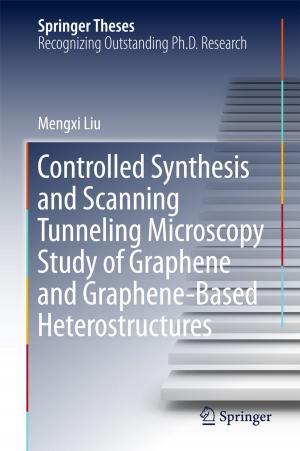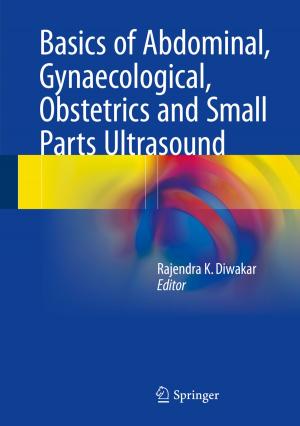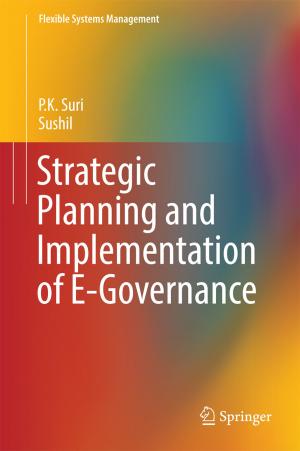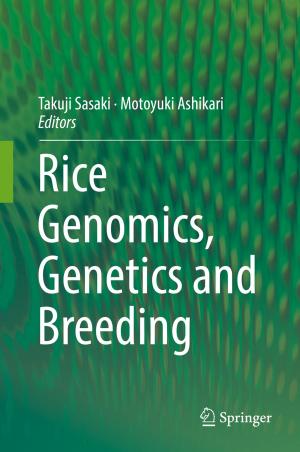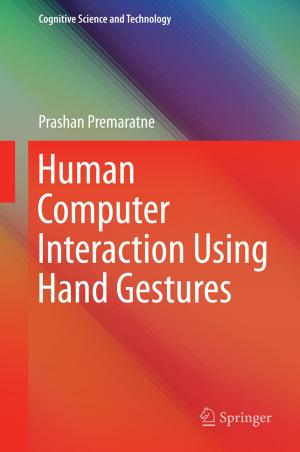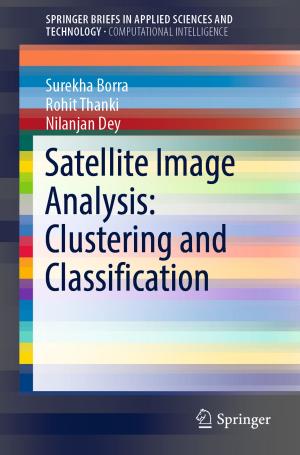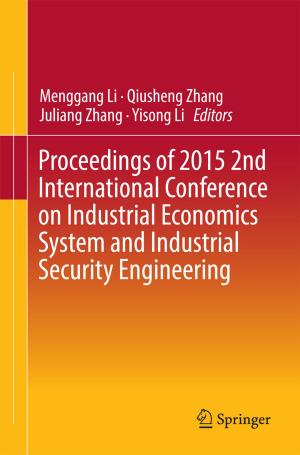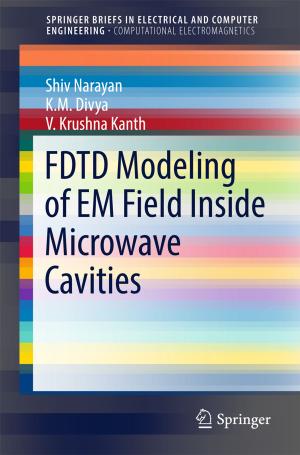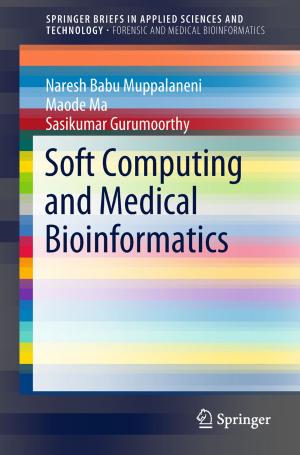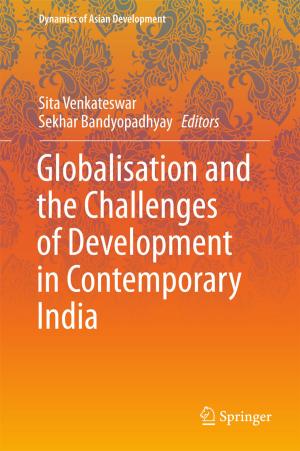Trace Metals in a Tropical Mangrove Wetland
Chemical Speciation, Ecotoxicological Relevance and Remedial Measures
Nonfiction, Science & Nature, Science, Biological Sciences, Marine Biology, Earth Sciences| Author: | Santosh Kumar Sarkar | ISBN: | 9789811027932 |
| Publisher: | Springer Singapore | Publication: | August 9, 2017 |
| Imprint: | Springer | Language: | English |
| Author: | Santosh Kumar Sarkar |
| ISBN: | 9789811027932 |
| Publisher: | Springer Singapore |
| Publication: | August 9, 2017 |
| Imprint: | Springer |
| Language: | English |
This book offers a comprehensive and accessible guide covering various aspects of trace metal contamination in abiotic and biotic matrices of an iconic Indian tropical mangrove wetland – Sundarban. Divided into nine chapters, the book begins by discussing the fundamental concepts of sources, accumulation rate and significance of trace metal speciation, along with the impact of multiple stressors on trace metal accumulation, taking into account both tourist activities and the exacerbating role of climate change. The second chapter presents a detailed account of the sampling strategy and preservation of research samples, followed by exhaustive information on sediment quality assessment and ecological risk, instrumental techniques in environmental chemical analyses, quality assurance and quality control, along with the Sediment Quality Guidelines (SQGs). Using raw data, the sediment quality assessment indices (e.g., pollution load index, index of geoaccumulation, Nemerow Pollution Load Index etc.) and conventional statistical analyses are worked out and interpreted precisely, allowing students to readily evaluate and interpret them. This is followed by chapters devoted to trace metal accumulation in sediments and benthic organisms, as well as acid-leachable and geochemical fractionation of trace metals in sediments. The book then focuses on chemical speciation of butylin and arsenic in sediments as well as macrozoobenthos (polychaetous annelids). Finally, potential positive role of the dominant mangrove Avicennia in sequestering trace metals from rhizosediments of Sundarban Wetland is elaborately discussed. This timely reference book provides a versatile and in-depth account for understanding the emerging problems of trace metal contamination – issues that are relevant for many countries around the globe.
This book offers a comprehensive and accessible guide covering various aspects of trace metal contamination in abiotic and biotic matrices of an iconic Indian tropical mangrove wetland – Sundarban. Divided into nine chapters, the book begins by discussing the fundamental concepts of sources, accumulation rate and significance of trace metal speciation, along with the impact of multiple stressors on trace metal accumulation, taking into account both tourist activities and the exacerbating role of climate change. The second chapter presents a detailed account of the sampling strategy and preservation of research samples, followed by exhaustive information on sediment quality assessment and ecological risk, instrumental techniques in environmental chemical analyses, quality assurance and quality control, along with the Sediment Quality Guidelines (SQGs). Using raw data, the sediment quality assessment indices (e.g., pollution load index, index of geoaccumulation, Nemerow Pollution Load Index etc.) and conventional statistical analyses are worked out and interpreted precisely, allowing students to readily evaluate and interpret them. This is followed by chapters devoted to trace metal accumulation in sediments and benthic organisms, as well as acid-leachable and geochemical fractionation of trace metals in sediments. The book then focuses on chemical speciation of butylin and arsenic in sediments as well as macrozoobenthos (polychaetous annelids). Finally, potential positive role of the dominant mangrove Avicennia in sequestering trace metals from rhizosediments of Sundarban Wetland is elaborately discussed. This timely reference book provides a versatile and in-depth account for understanding the emerging problems of trace metal contamination – issues that are relevant for many countries around the globe.

